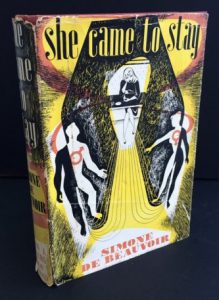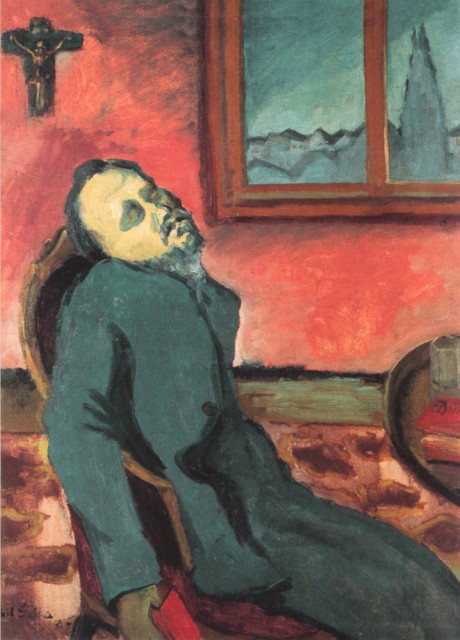
Albert Camus is one of the most famous and broadly read existential philosophers, but interestingly considered himself neither an existentialist nor a philosopher at all. Born in Algeria, Camus was a skilled writer, essayist, and playwright, but also an influential political figure who was active in the Resistance. His ideas on absurdity, revolt, and suicide have become indispensable to the study of existentialism.
My presentation next week will be on his 1942 novel The Stranger. Please note that depending on your translation, the book might alternatively be titled The Outsider and I may use these terms interchangeably.
The novel is quite short and Camus’ philosophy is woven throughout, so I recommend reading the entire novel if you have time. I have selected a few chapters for required reading, however, which I believe most embody some of the themes I will be touching on in my presentation.
I have also assigned an excerpt from The Myth of Sisyphus, which I believe will provide some foundation for Camus’ understanding of the absurd.
I know it is a lot but if you have time, I really recommend looking at chapters 1, 4, and 5 from Albert Camus: From the Absurd to Revolt, which give a background on Camus’ political beliefs and his relationship with Jean-Paul Sartre.
Camus’ frank yet elegant prose never ceases to absorb me, and there are few authors of which I am familiar who manage to imbue their characters with more authenticity or honesty. I hope you enjoy them as much as I do.
Best,
Alex
Readings:
Camus_The Myth of Sisyphus_The Myth of Sisyphus
Camus, The Outsider_Part 1_Chapter Five
Camus, The Outsider_Part 1_Chapter Six
Camus, The Outsider_Part 2_Chapter Five
Optional/Recommended:
Camus, The Myth of Sisyphus_An Absurd Reasoning_Absurdity and Suicide
4_Camus and Political Violence
Slides/Presentation:



